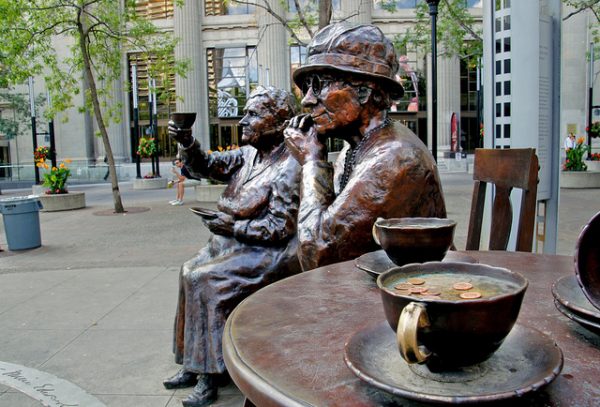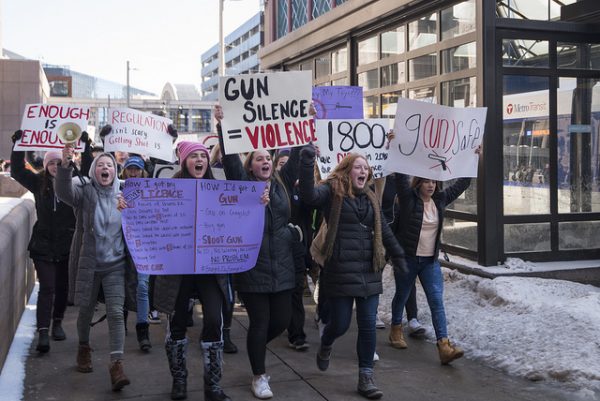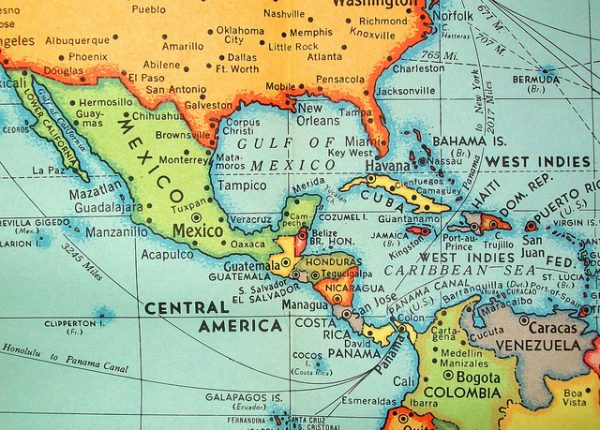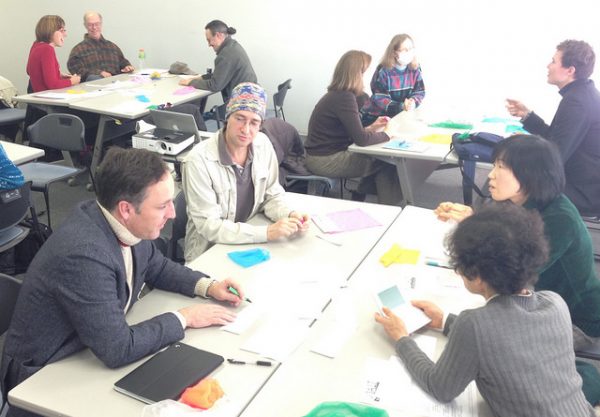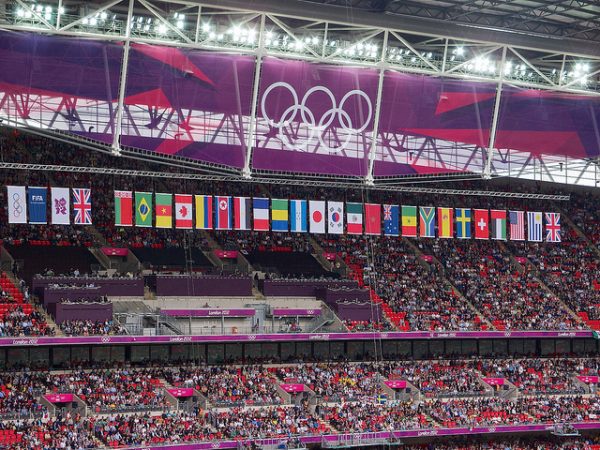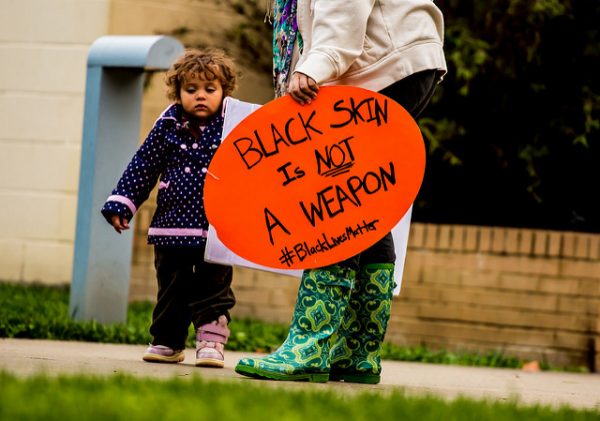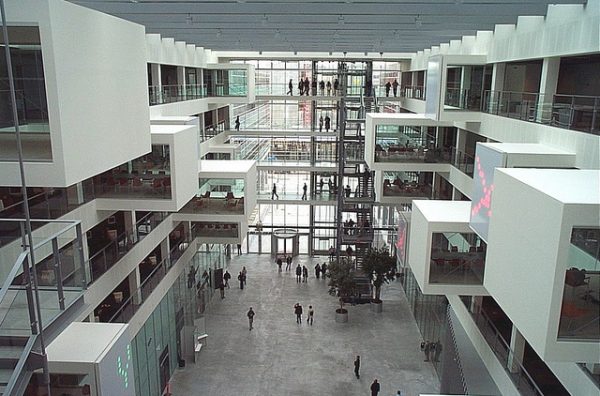
As online education gains more traction, educators wonder about the benefits of actual physical interaction in academic environments. Social science research helps us understand the importance of universities as physical spaces — buildings, classrooms, offices, labs, and libraries — and the relationship between space design and the development of creative ideas and fruitful academic experiences. It turns out that the way a space is organized matters greatly for the type of experience individuals have at universities and other organizations.
The design and organization of college campuses have long played a crucial role in the practical, emotional, and intellectual life of students and professors. As built environments, universities aim to impact daily activities in ways that promote knowledge and creativity. Universities also frequently renovate buildings in order to make improvements, but sometimes these designs can backfire. For example, a study interviewed faculty and graduate students after transitioning from an old to a new building. The new design reinforced a sense of isolation and academic alienation among faculty and students, where the academic hierarchy (senior faculty, junior faculty, and graduate students) determined space, the rigid placement of furniture such as desks and cabinets inhibited social interaction, and offices served more as spaces for administrative tasks than creative activities. This new design led to faculty closing their office doors and graduate students avoiding the building as a place of study.
- Aaron M. Kuntz, John E. Petrovic, and Lou Ginocchio. 2012. “A Changing Sense of Place: A Case Study of Academic Culture and the Built Environment.” Higher Education Policy 25(4): 433-451.
- Victoria A. Cook and Peter J. Hemming. 2011. “Education Spaces: Embodied Dimensions and Dynamics.” Social & Cultural Geography 12: 1-8.
Structuring spaces in buildings also reorders the relationships between people. Studies on workplaces and built environments suggest that elements like natural construction materials, the placement of the building, and offices’ distribution define the sense of community among members of an organization. Workplaces that promote circulation and visual interaction create better opportunities for collaboration. An architectural study found that buildings that promoted the use of stairs and contact with nature encouraged movement and improved collaborative work. Educational institutions can create learning spaces — like lecture halls, libraries, laboratories — that map onto educational needs. By managing the places that people inhabit, universities can create a proper environment for developing social relationships and favoring learning.
- Alisdair McGregor, Ann Marie Aguilar, and Victoria Lockhart. 2017. “Environmentally Smart Design: Designing for Social Wellbeing Across the City and in the Workplace.” Architectural Design 87(2): 48-55.
- Robert A. Ellis and Peter Goodyear. 2016. “Models of Learning Space: Integrating Research on Space, Place and Learning in Higher Education.” Review of Education 4(2): 149-191.
- Paul Temple. 2009. “From Space to Place: University Performance and its Built Environment.” Higher Education Policy 22(2): 209-223.
In short, physical space matters. And the way a building or organizational space is designed can make or break its effectiveness.



